Delve into the fascinating world of Saddlebred competitions, where grace, athleticism, and tradition come together in thrilling events. Discover the rich history of these contests, the various types of competitions, and the intricacies of rules and regulations that guide them.
Table of Contents (Horspedia)
History of Saddlebred Competitions
The American Saddlebred, a breed known for its beauty and versatility, has a rich history in equestrian competitions that dates back centuries. Originating from the British Galloway and Hobbie horses brought to the United States in the early 1700s, these horses later evolved into the American Saddlebred through selective breeding, incorporating the best traits of other popular breeds such as the Thoroughbred, Morgan, and Standardbred. By the mid-1800s, these elegant horses had gained recognition for their performance and style, and it was around this time that the first Saddlebred competitions began taking shape.Although informal matches between Saddlebred owners were common during the 19th century, the first organized Saddlebred show was held in Lexington, Kentucky in 1856. This event, known as the Kentucky State Fair, laid the foundation for what would become a long-standing tradition in Saddlebred competitions and awards. Throughout the years, such competitions expanded geographically, with numerous state fairs and local shows offering classes for Saddlebred horses. The growth and popularity of the breed also spurred the formation of professional organizations, such as the American Saddle Horse Breeders Association in 1891, which later merged with the American Saddlebred Horse Association (ASHA) in 1985.Over the years, Saddlebred competitions have evolved and diversified, incorporating more disciplines and accommodating various levels of exhibitors, from amateur riders to professional trainers. Today, Saddlebred shows are held across the United States with annual events like the World’s Championship Horse Show in Louisville, Kentucky, and the American Royal in Kansas City, Missouri, showcasing the best of the breed. These events feature a range of classes, such as Three-Gaited, Five-Gaited, Fine Harness, and Pleasure divisions, with prestigious awards being presented to the top-performing horses and riders. The ASHA also recognizes exceptional Saddlebreds through its Horse of the Year awards and maintains a Hall of Fame to honor notable horses and individuals who have made significant contributions to the breed and sport.
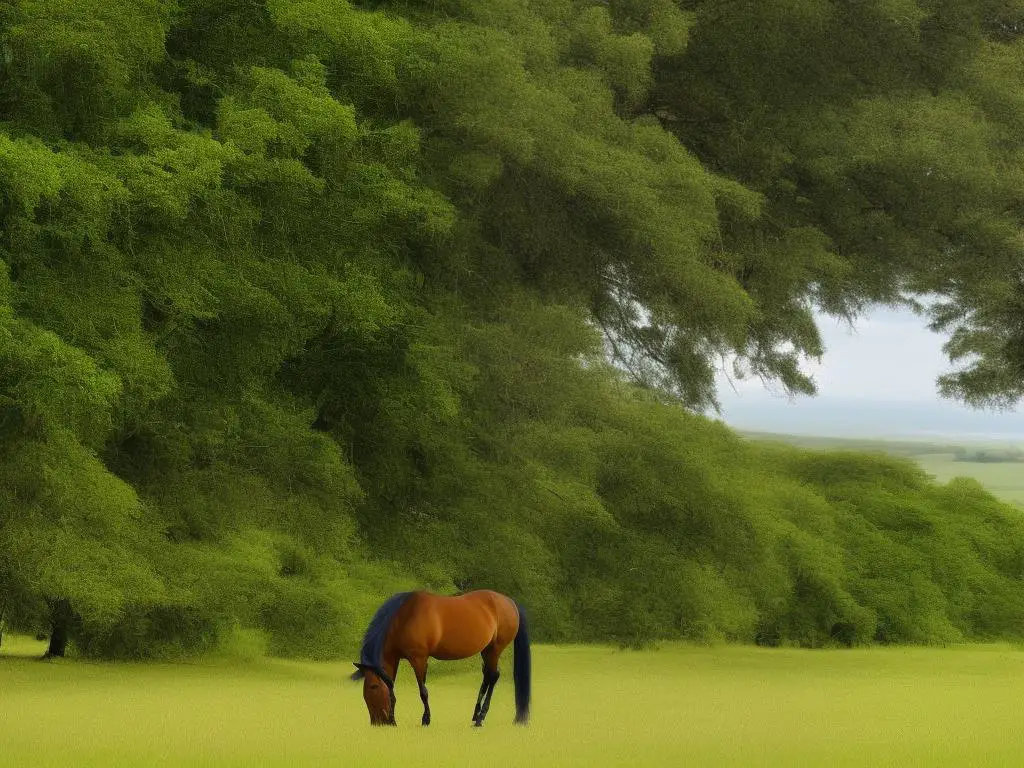
Types of Saddlebred Competitions
As a versatile and athletic horse breed, the American Saddlebred excels in a variety of competitions. These events can be categorized into three main types: performance, pleasure, and equitation. Performance events showcase the horse’s athleticism, training, and natural abilities, while pleasure events emphasize the horse’s manners, smooth gaits, and suitability for an enjoyable ride. Equitation events, on the other hand, focus primarily on the rider’s skill, form, and horsemanship, rather than the horse’s performance. By understanding the distinct aspects of these competitions and striving to improve both riding skills and knowledge about the breed, Saddlebred enthusiasts and hobbyists can become more skilled and successful in the world of Saddlebred competitions and awards.
Performance classes for American Saddlebreds come in various styles and levels, with horses being shown in either their natural Three-Gaited form (walk, trot, canter) or the more animated Five-Gaited style, which adds two additional gaits, the slow gait and the rack.
In addition to the three or five-gaited classes, there are also fine harness classes where horses are shown in a showy cart with a driver.
Pleasure classes are divided into categories such as show pleasure, country pleasure, and park pleasure, each with its unique expectations and requirements.
Equitation classes can be further divided into age-specific categories and specific discipline-focused classes, such as saddle seat equitation, hunt seat equitation on the flat, and Western seat equitation.
Saddlebred competitions offer a range of awards and recognition for both horses and riders, with numerous events taking place at local, regional, and national levels.
High-level competitions such as the World’s Championship Horse Show, held during the Kentucky State Fair, designate World Champions, Reserve World Champions, and Top Ten finishers, showcasing the incredible talent within the Saddlebred community.
Beyond this prestigious event, there are countless regional and local competitions throughout the United States, which offer their own award titles, including Regional Champions, Grand Champions, and Reserve Grand Champions.
Recognizing the achievements of American Saddlebreds and their riders is the American Saddlebred Horse Association (ASHA), which offers awards programs such as the High Point Awards and the ASHA National Select Series Championship that celebrate success in multiple show disciplines across various levels of competition.
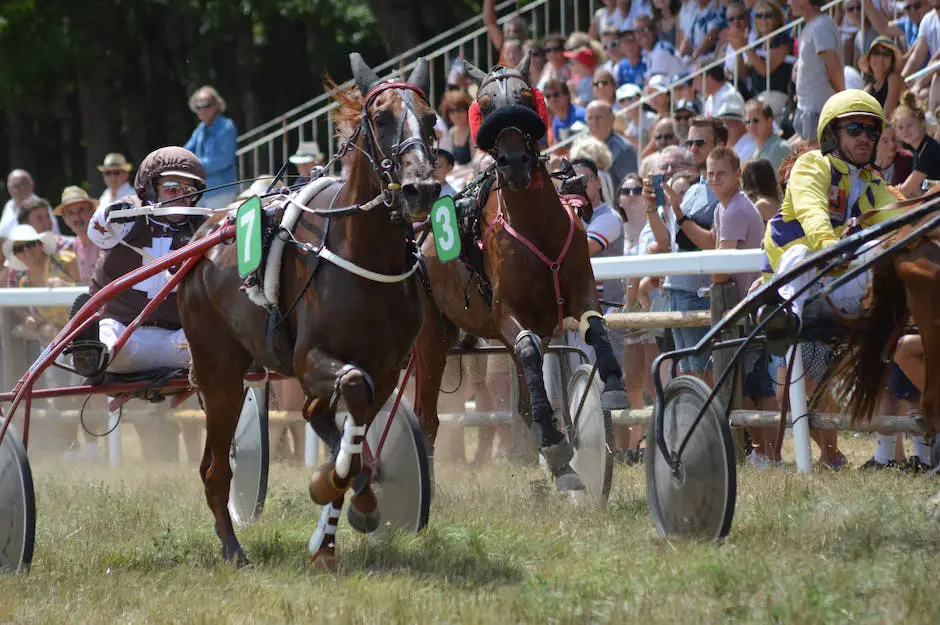
Rules and Regulations
When it comes to governing, organizing, and ensuring a fair playing field in Saddlebred competitions, the United States Equestrian Federation (USEF) is the national organization responsible for these duties. It oversees and regulates all equestrian sports, including Saddlebred events, across the country.
As the official authority, the USEF handles everything from establishing and maintaining the rules and regulations to determining eligibility requirements and outlining judging criteria. By doing so, the organization promotes the welfare of both horses and riders and supports fair, competitive events that allow riders and their Saddlebreds to be recognized for their hard work and achievements.
Participants in Saddlebred competitions must adhere to strict eligibility requirements set forth by the USEF. These requirements include mandatory membership in the USEF and the American Saddlebred Horse Association (ASHA) for all competitors. Additionally, horses participating in these events must be registered with the ASHA, ensuring they meet specific breed characteristics and are of proper age. Competitors must adhere to a strict dress code, and both horse and rider must maintain a high standard of sportsmanship and respect towards fellow competitors, officials, and spectators.
The judging criteria in Saddlebred competitions revolve around the performance and appearance of both horse and rider. Saddlebreds are evaluated based on their gait, conformation, and overall performance, while riders are assessed on their skills, attire, and partnership with their horse. The five-gaited category, in particular, requires horses to demonstrate their ability to perform the walk, trot, canter, slow gait, and rack, while three-gaited competitions focus on the walk, trot, and canter. Judges are often experienced equestrians who have undergone intensive training and certification to maintain the highest standards of the sport. This sophisticated judging process ensures that Saddlebred competitions showcase the elegance and athleticism of these horses and their riders.

Training and Preparation
Moving on, selecting the right horse is vital in preparing for Saddlebred competitions. The ideal show horse should possess a great disposition, a natural talent for performing, and the ability to adapt quickly to training. In order to ensure your selected horse’s potential in competition, you may want to consult with an experienced Saddlebred trainer who can help evaluate the horse’s conformation, temperament, and movement.
Furthermore, having proper equipment is crucial in training your Saddlebred for competition. A well-fitted saddle, bridle, and other tack not only ensure your horse’s comfort but also contribute to their performance during the competition.
Developing an effective training strategy involves understanding the unique characteristics of the Saddlebred breed –particularly their animated and high-stepping gaits – and tailoring your training approach accordingly. Consistent and well-structured training sessions will help both horse and rider to build trust and understanding, while also refining their movements and overall performance. It is essential for you as the rider to work closely with a seasoned Saddlebred trainer who can provide you with valuable guidance, advice, and support throughout the training process.
Emphasizing on developing specific skills based on the class you plan to compete in, such as Three-Gaited, Five-Gaited, Fine Harness, or Pleasure classes can make your preparation more streamlined and effective.
Proper conditioning is a key aspect of preparing your Saddlebred show horse for competition, encompassing not only physical fitness but also mental wellbeing. As an enthusiast or hobbyist, ensure that you provide a well-balanced diet, regular grooming, and a safe, clean living environment for your horse. It’s equally important for you, as the rider, to maintain a healthy lifestyle and follow a regular fitness regimen to help both you and your horse reach peak condition for competition.
Embarking on the journey of training and preparing for Saddlebred competitions and awards is deeply rewarding, fostering a strong bond between you and your horse while aiming for success in the show ring.
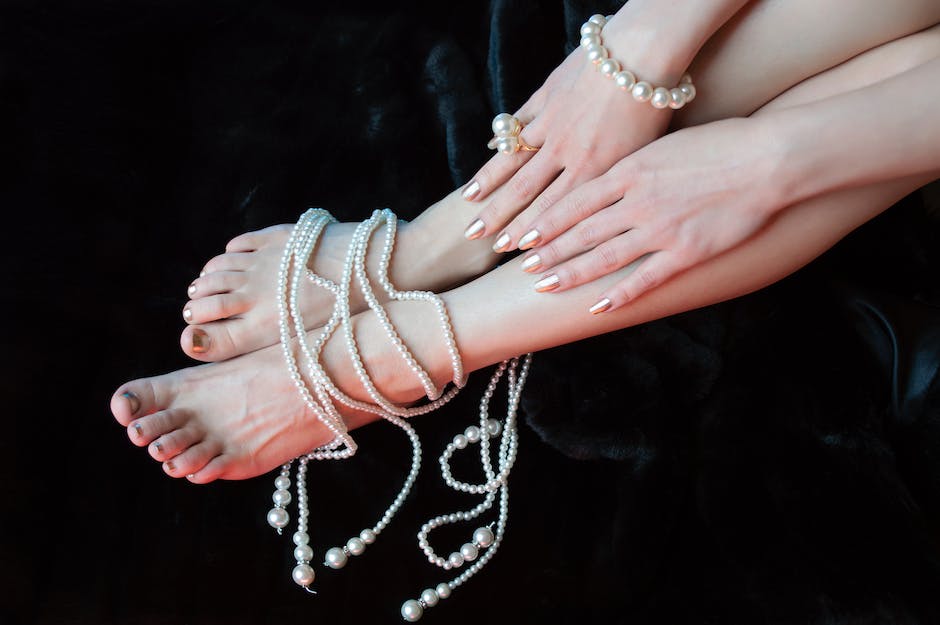
Prominent Saddlebred Shows
The World’s Championship Horse Show
Annually held in Louisville, Kentucky, the World’s Championship Horse Show represents the pinnacle of Saddlebred competitions in the United States. Thousands of spectators gather to watch the finest Saddlebred horses compete, showcasing skilled riders and promoting world-class equine talent. Participants from across the country compete in events such as the Five-Gaited, Three-Gaited, Fine Harness, and Park categories, striving for prestigious titles like the World’s Grand Champion and lucrative prize money. With a history spanning over a century, this flagship event garners immense recognition and respect within the Saddlebred community.
The Lexington Junior League Charity Horse Show
The Lexington Junior League Charity Horse Show is another key event on the Saddlebred calendar, held at the Red Mile in Lexington, Kentucky. Established in 1937, this show carries a rich tradition of philanthropy, with the proceeds benefiting the local community. A popular event for enthusiasts and spectators, it features a full schedule of Saddlebred classes that focus on younger horses and rising talents. Winners in various categories, including the Five-Gaited, Three-Gaited, Fine Harness, and Park divisions, are awarded prestigious titles and recognition.
The UPHA Classic Grand Championships
The UPHA Classic Grand Championships are integral in promoting Saddlebred competitions and awards. This organization is dedicated to supporting the growth and development of the American Saddlebred industry, and annually organizes the championships to honor exceptional show horses and individuals within the community. By bringing together professional trainers, owners, and breeders from all across the country, the UPHA showcases excellent sportsmanship and camaraderie among its competitors. The championships offer a fantastic opportunity for emerging talent to make their mark in the Saddlebred world.

Awards and Recognition
When it comes to Saddlebred competitions, numerous prestigious awards and titles can be won by both the horse and the rider, depending on their performance and expertise. Among these, one of the most coveted awards is the World’s Championship Horse Show, held annually during the Kentucky State Fair. Securing a World’s Champion title in any of the event’s various divisions significantly enhances the prestige and value of both the horse and rider, due to the fierce competition and high stakes.
Another highly sought-after title is the American Saddlebred Horse Association’s (ASHA) Horse of the Year award. This prestigious recognition is bestowed upon the horse that has demonstrated the highest level of excellence in the show ring throughout the season.
Additionally, there are two important programs aimed at recognizing consistent top performances by Saddlebred horses and riders throughout the year: the ASHA High Point Awards and the United States Equestrian Federation’s (USEF) National Saddlebred Year-End Awards. The ASHA High Point Awards celebrates horses and riders who accumulate the most points during a competition year, based on their performance in various divisions, while the USEF National Saddlebred Year-End Awards recognize the top-ranked horses in seven categories as well as a youth sportsmanship award. Both awards acknowledge the hard work and dedication that goes into competing at a high level with Saddlebred horses.
The pursuit of awards and titles in Saddlebred competitions often entails many years of practice, training, and investing time and resources into the development of the horse and rider. Achieving success in these events, especially at the national and international levels, brings immense satisfaction to the owners, trainers, and riders involved in the sport. Furthermore, it increases the market value of the winning horses and enhances the reputation of the riders in the equestrian community. Ultimately, these achievements showcase the athleticism, polish, and unique style that sets the American Saddlebred apart from other breeds and underlines the cultivated partnership between the horse and rider.
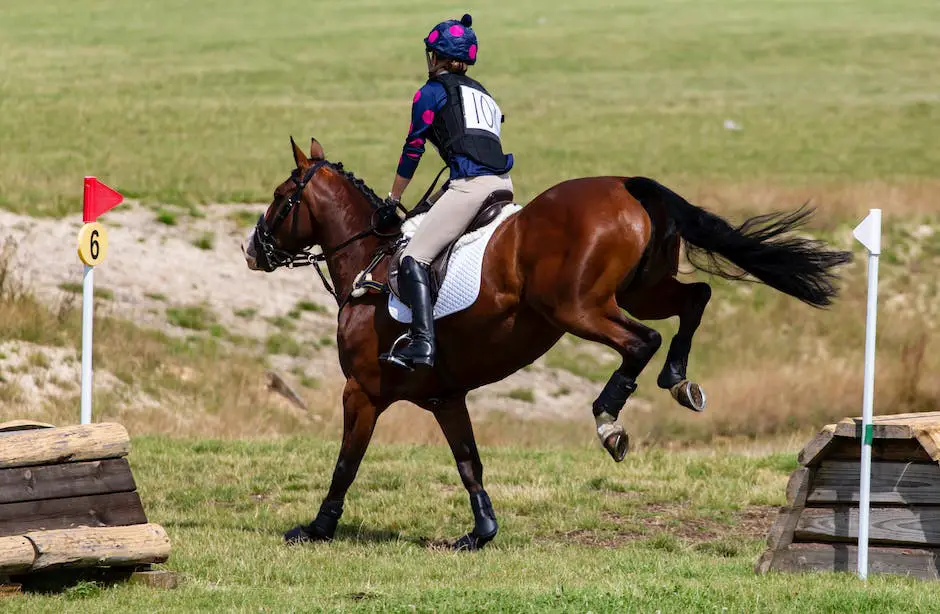
Getting Involved in Saddlebred Competitions
To become skilled in Saddlebred competitions and awards, your first step should be locating local shows and events in your area. These events are typically hosted by regional Saddlebred clubs or associations, which can be found through an online search or by asking around in your local equestrian community. Attending local shows will allow you to connect with other Saddlebred enthusiasts, learn more about the breed, and observe various classes and divisions within the competitions. Watching and learning from these events is an excellent way to prepare yourself for possibly participating in future competitions and eventually achieving success in the world of Saddlebred awards and titles.
Another excellent way of getting involved in Saddlebred competitions is joining clubs and organizations dedicated to the breed. The American Saddlebred Horse Association (ASHA) is the primary organization that supports and promotes the breed in the United States. ASHA offers resources, newsletters, and event listings for members, making it an invaluable source of information for Saddlebred enthusiasts. Additionally, many states and regions have their own Saddlebred clubs or associations. Joining these local groups will provide opportunities to network with other enthusiasts, attend educational seminars, clinics, and participate in group events and shows.
In order to become more skilled in Saddlebred competitions, it is crucial to seek out resources and dedicate time to learning about the intricacies of the breed and the competitive aspects of showing. Online resources, such as websites, articles, and forums dedicated to Saddlebred horses, are excellent starting points for gathering valuable information. Additionally, attending clinics and workshops with respected professionals in the Saddlebred community will allow you to gain hands-on experience and further develop your skills in handling and showing these incredible horses. Connecting with a knowledgeable trainer or mentor will also be invaluable in guiding your journey with Saddlebred competitions.
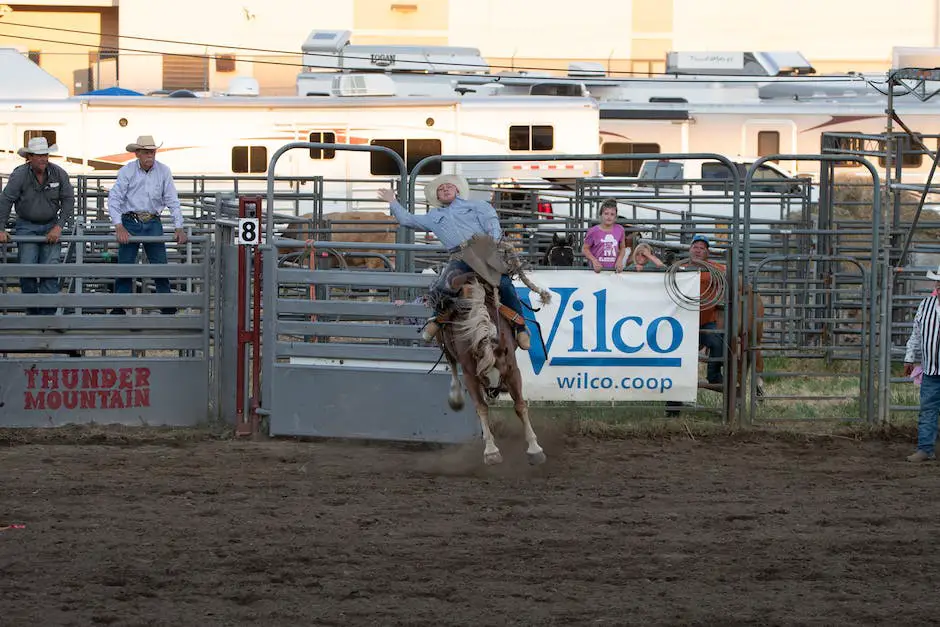
By immersing yourself in the Saddlebred competition scene, you will gain an appreciation for the artistry and skill involved in these events. Learn about prestigious shows, the coveted awards, and the significance of these achievements in the equestrian community. Use this knowledge to embark on your own journey in Saddlebred competitions, making connections and memories that will last a lifetime.
